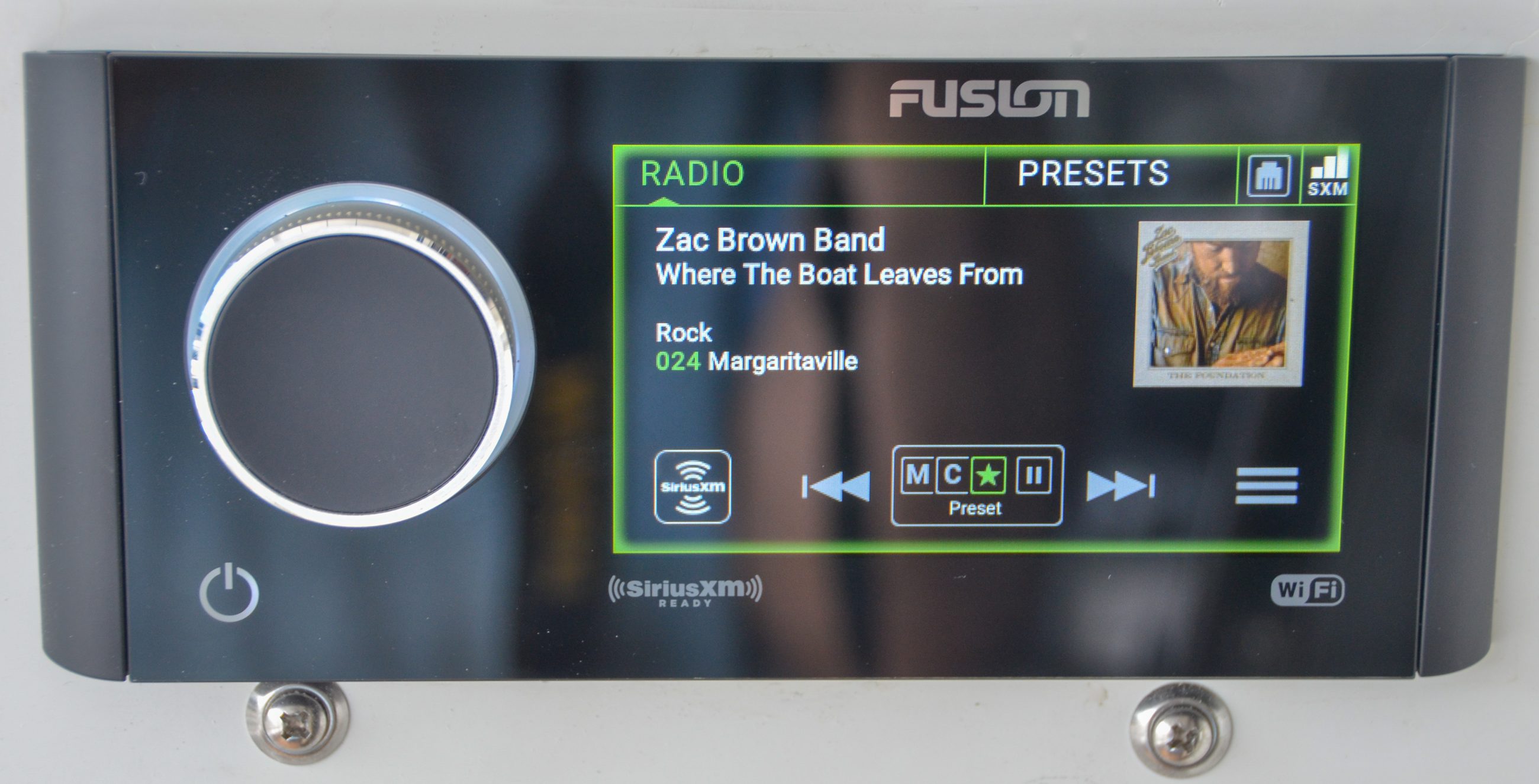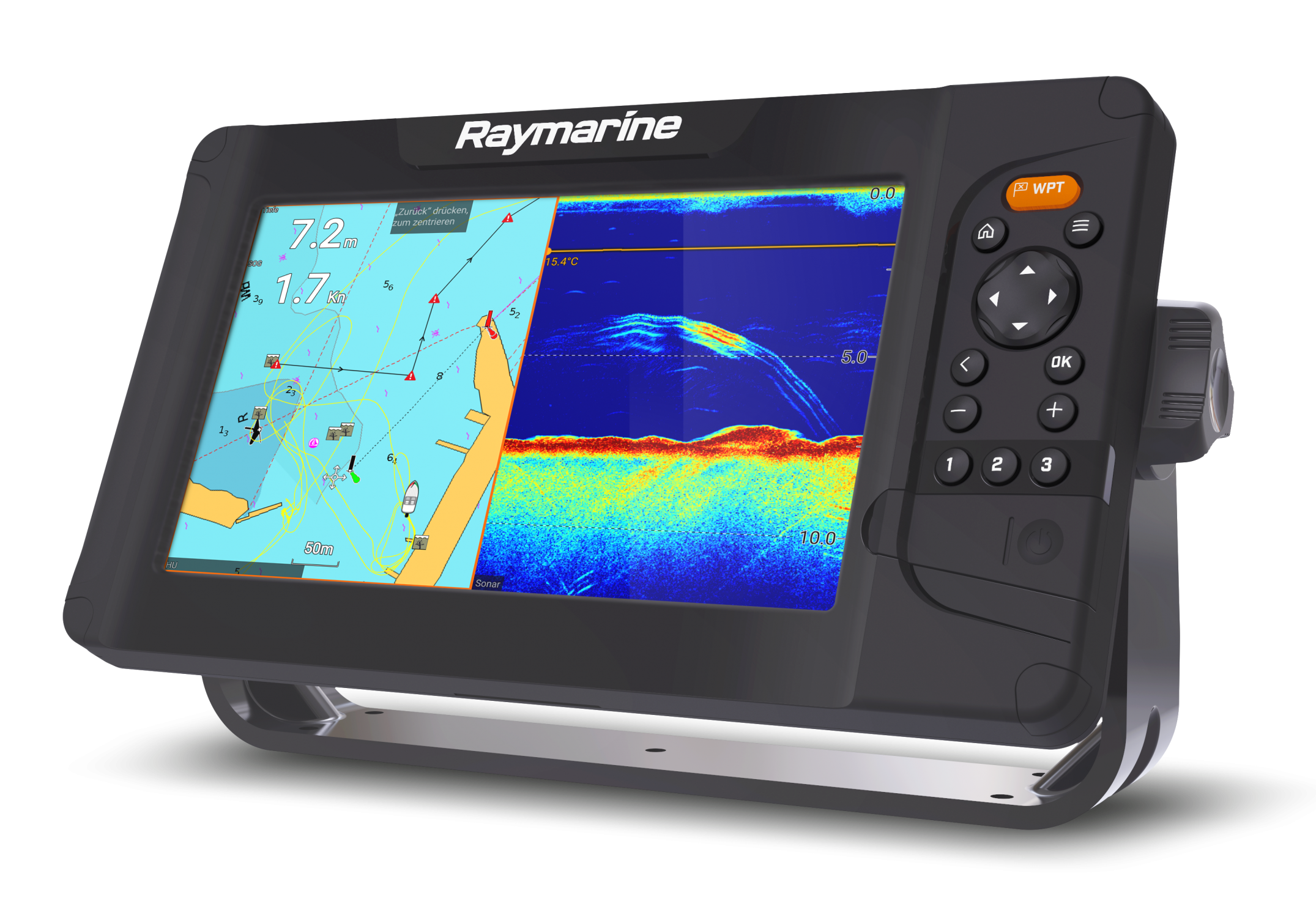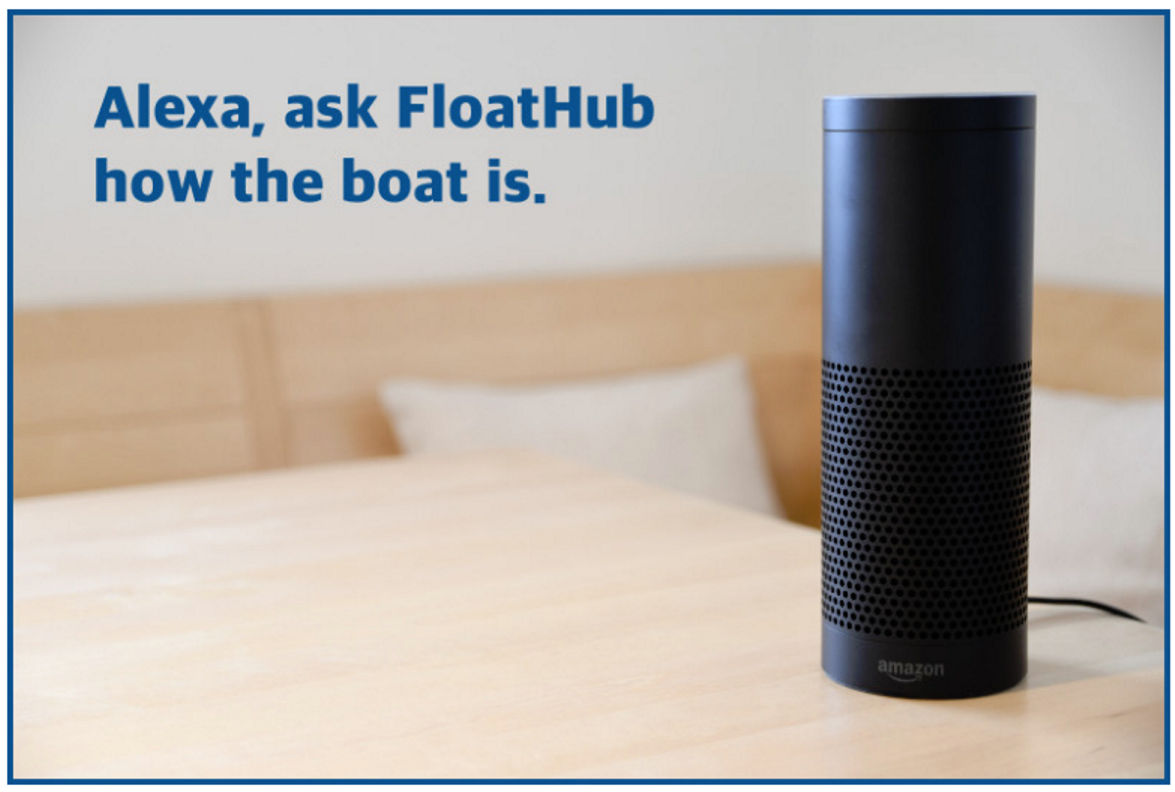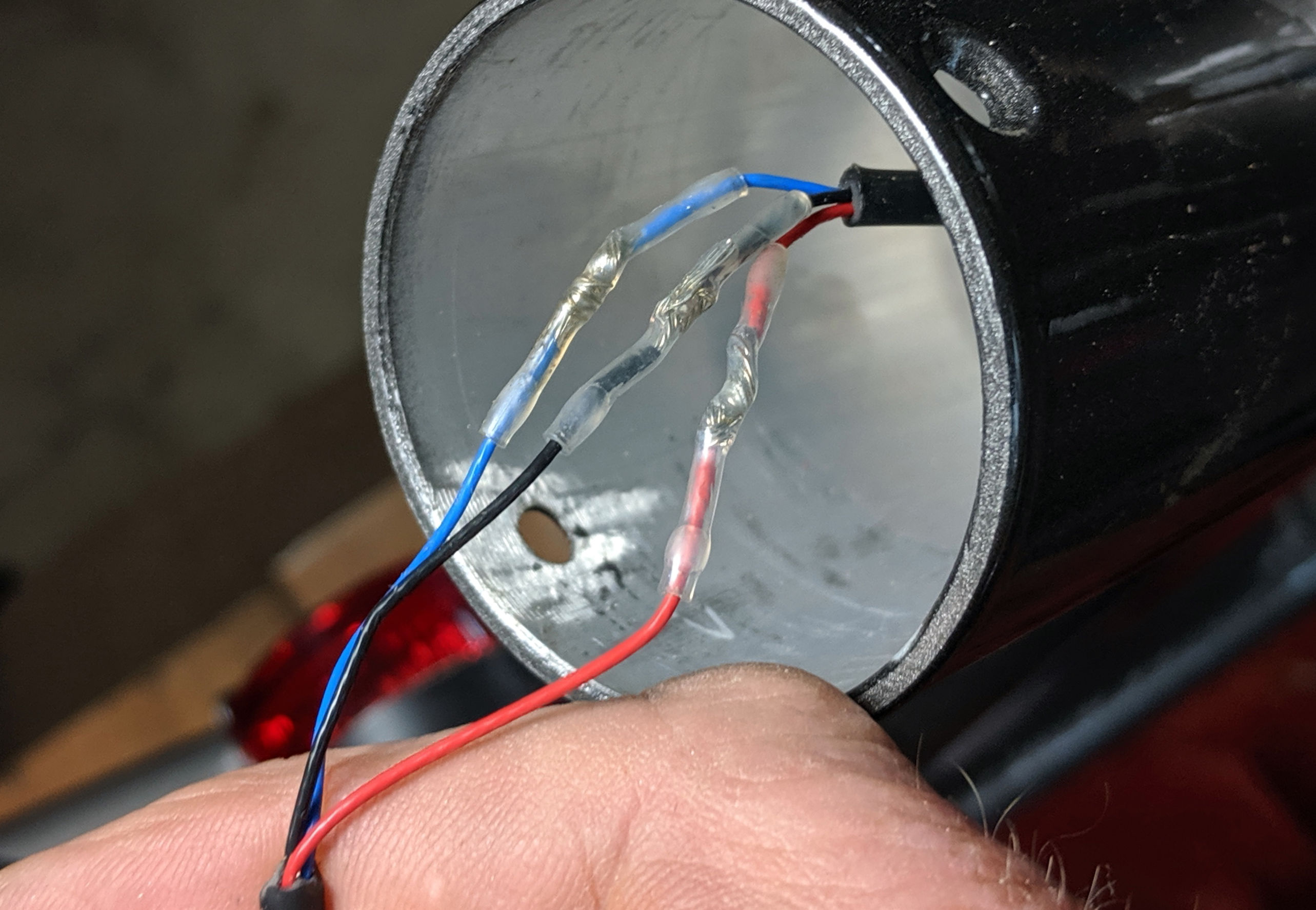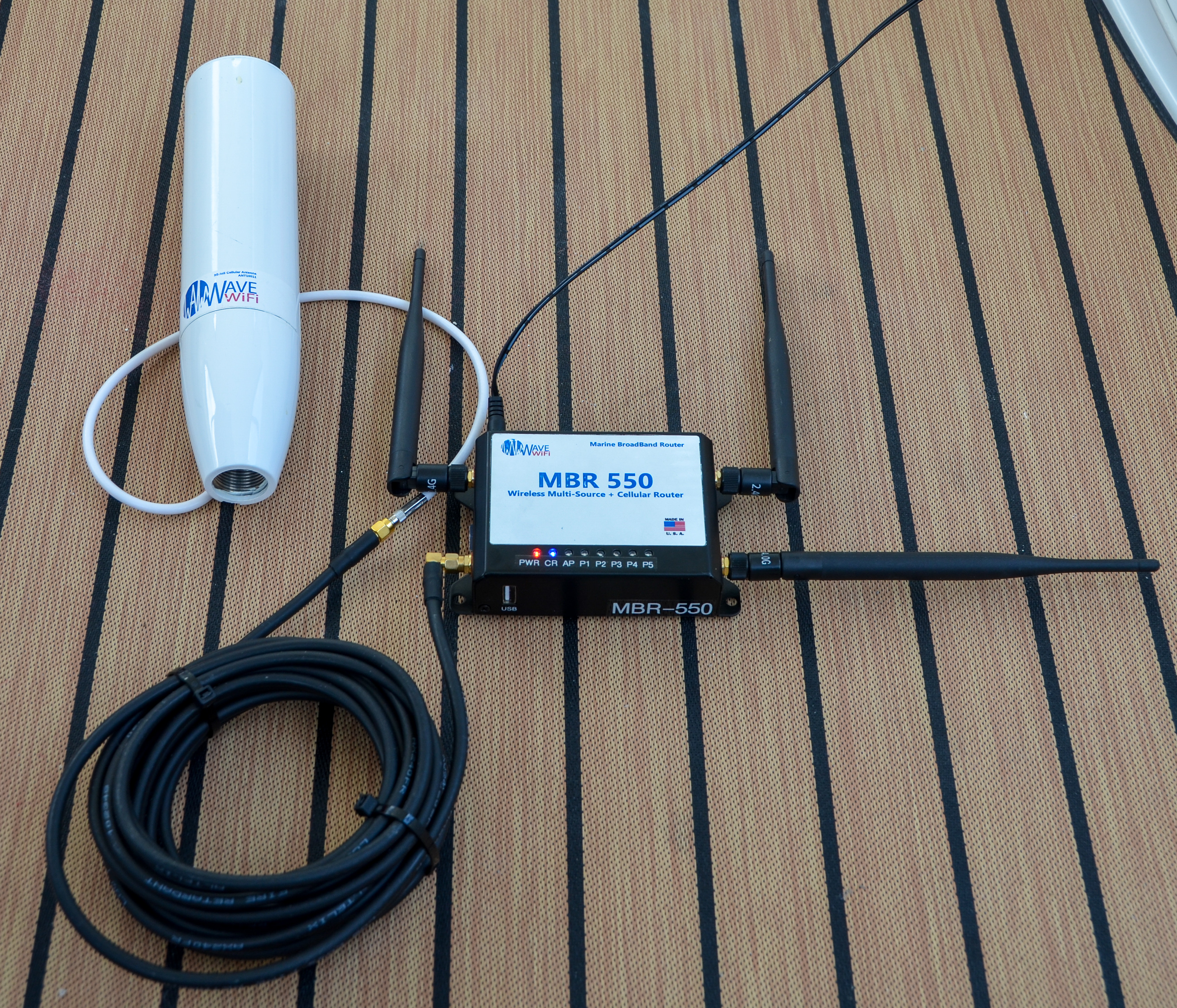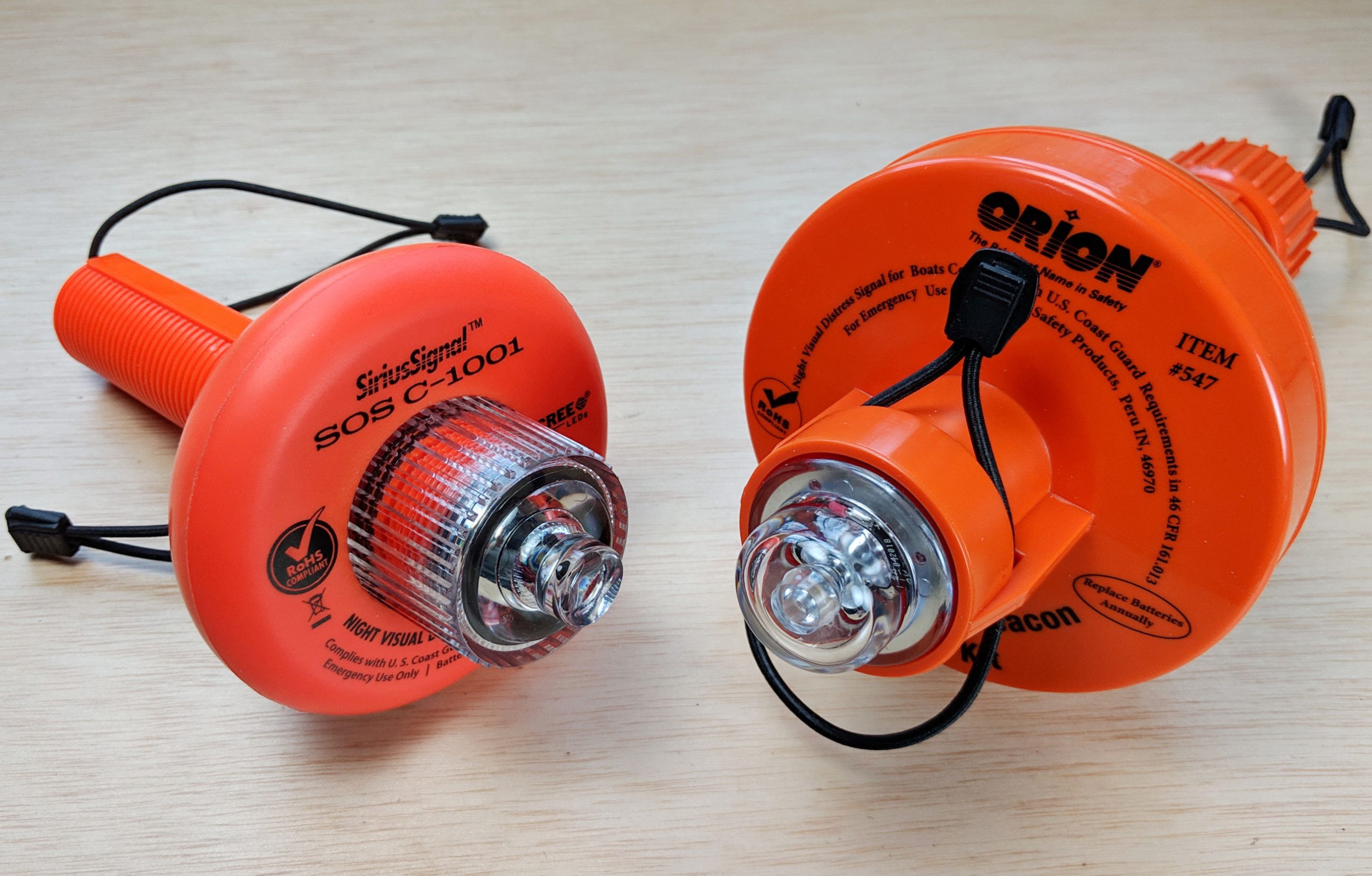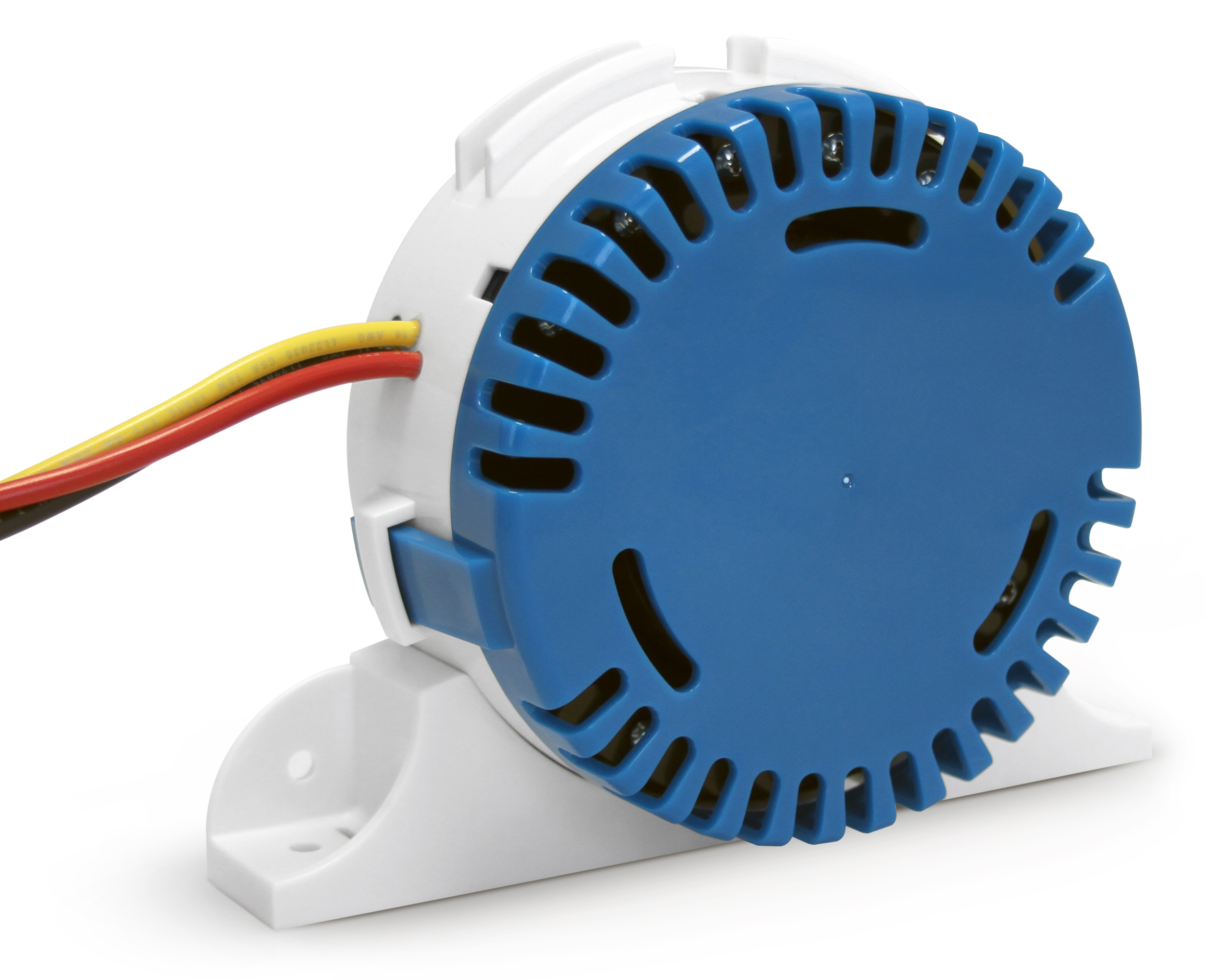Fusion Apollo and Signature Series, a boatload of audio goodness
A day on the water is better with good tunes, and the rise of streaming has changed how we get music on board a lot. For the last decade, Fusion has lead the way with stereos that use the latest technology to deliver audio on boats. I’ve just finished a complete install of the company’s current gear aboard Have Another Day and as you will read, Fusion continues to leverage the latest tech and deliver great sound.


